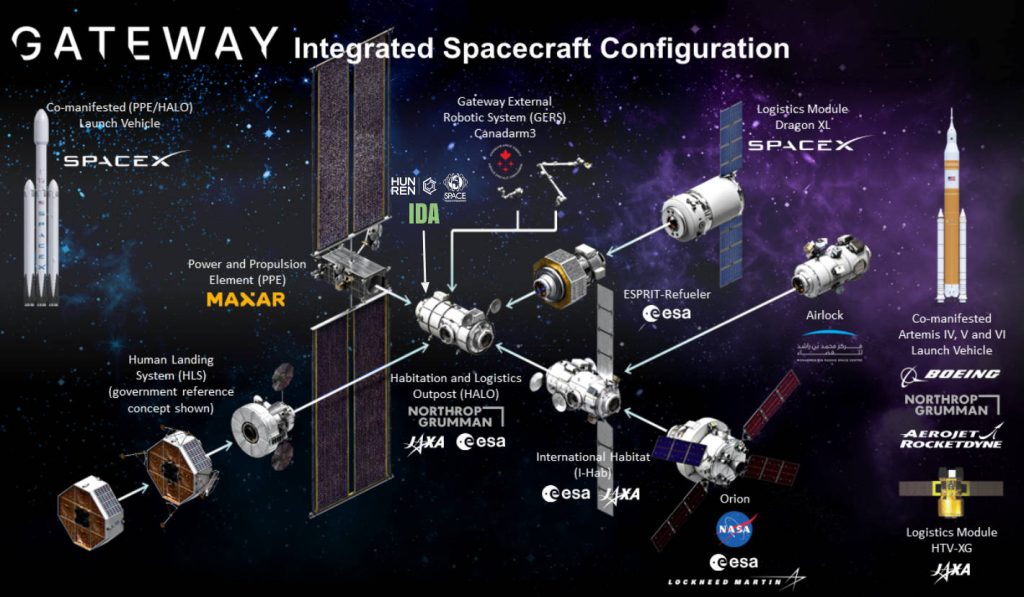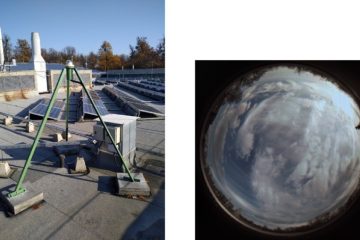It’s been a while since EK’s Space Research Department signed the contract with ESA to take prime role in a consortium with Advacam, Airbus, DLR and Remred. Our aim was to build IDA (Internal Dosimetry Array) one of the very first scientific payloads of the Lunar Gateway.
We are proud to announce that the engineering model of IDA is assembled for the first time, up and running. The system will now face a series of environmental tests to prove that it can stand the test of space, or the vibration levels generated by SpaceX Super Heavy.
First things first, let’s look at what IDA is in a nutshell?
The Internal Dosimeter Array or IDA will measure radiation levels within the Lunar Gateway which is a space station to be orbiting around the Moon.
Away from Earth’s protective magnetic field and into interplanetary space, the radiation impact on the human body could be very high: astronauts receive roughly 250 times more radiation than a person on Earth.
The Gateway and IDA will spend around a week per month inside the Earth’s magnetosphere, providing a unique opportunity to observe the deep magneto-tail and near lunar plasma environment. For the other three weeks per month, the Gateway will be located outside of the Earth’s magnetosphere, providing an ideal location for investigating the deep space environment.
From within the Gateway, IDA will be essential in evaluating how well the outpost shields from radiation and the degree to which protons, neutrons and other particles are ejected as radiation hits and passes through the spacecraft structure, a process known as spallation.




